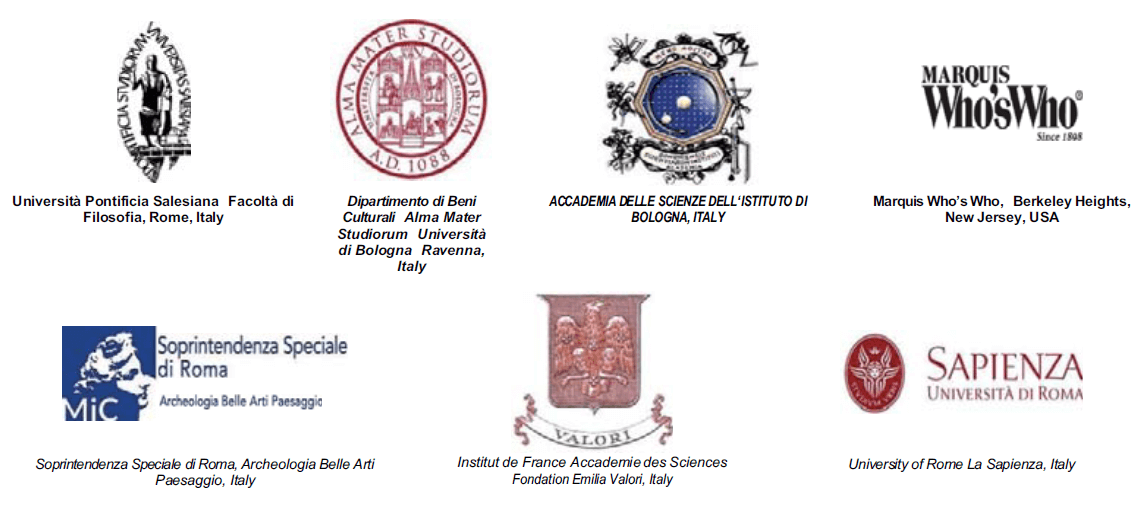Notes on the relation between rails and cultural and architectural heritage conservation
DOI:
https://doi.org/10.6092/issn.1973-9494/508Abstract
The railways, like all other types of linear transport infrastructures (highways, motorways, waterways, pipelines, power lines, etc., and even sheep tracks in our not to distant past) cross the country and interact with the environment. More often than not, this interaction due to transport modalities has a “negative” connotation because of the impact on the environment of the infrastructure as such and associated effects due to: noise and vibrations, atmospheric pollution, emission of greenhouse gases, accidents, and traffic congestion. If we analyse the effects of the various transport modalities in terms of their comparative external costs (the social and economic costs of the environmental impact), we can see that, from a quantitative point of view, the railways are the most ecologically compatible modality. This kind of analysis should be improved by taking into consideration other effects such as those due to land use, fragmentation of landscape, and effects on the cultural and architectural heritage. To illustrate this approach, the birth and early period of railways in the city of Roma and in the Roman Campagna, and the evolution of the great station of Roma Termini, are briefly reviewed and discussed. In this way, important elements are evidenced; inter alia: the continuing interaction in such a historically ancient urban and suburban settlement due to transport infrastructures (from ancient Roman roads and aqueducts to modern motorways and railways); the large variety of architectural and archaeological structures (including the artistic and landscaping aspects) affected by the interaction; the frequent occurrence of architectonic objects marking the urban landscape in a such a way that the site appears peculiarly recognizable (for instance, the Servian Walls Aggere for the central station of Roma Termini). Finally, the archaeological sites discovered during the construction works of new High Speed Train (TAV) lines are briefly considered especially as far as the recognition, study, protection, and fruition of these sites are concerned. This excursus suggests that railways can support the experimentation and introduction of innovative technologies with the aim of further increasing their ecological and cultural compatibility and enhancing their contribution to environmental and social sustainability.Downloads
How to Cite
Mauro, F. (2002). Notes on the relation between rails and cultural and architectural heritage conservation. Conservation Science in Cultural Heritage, 2(1), 93–106. https://doi.org/10.6092/issn.1973-9494/508
Issue
Section
Articles
License
Copyright (c) 2002 Francesco Mauro
Copyrights and publishing rights of all the texts on this journal belong to the respective authors without restrictions. Authors grant the journal right of first publication.
This journal is licensed under a Creative Commons Attribution 4.0 International License (full legal code).
See also our Open Access Policy.






